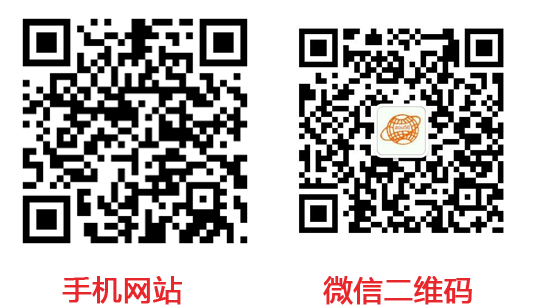联系我们
公司名称:XXX
电话:XXX
手机:XXX
联系人:XXX
地址:XXX
新闻动态
工业人机界面的特点和功能
工业人机界面的特点和功能
Characteristics and functions of industrial man-machine interface
工业人机界面,简称HMI,又称触摸屏监控器,是一种智能化操作控制显示装置。工业人机界面由特殊设计的计算机系统32位RISC CPR芯片为核心,在STN、TFT液晶显示屏或EL电发光显示器上罩盖有透明的电阻网络式触摸屏。触动屏幕时,电阻网络上的电阻和电压发生变化并由软件计算出触摸位置。
The industrial human-machine interface (HMI), also known as the touch screen monitor, is an intelligent operation control display device. The industrial human-machine interface is centered on the special design computer system 32 bit RISC CPR chip, and has a transparent resistive network touch screen on STN, TFT LCD or EL electroluminescent display. When the screen is touched, the resistance and voltage on the resistance network are changed and the touch position is calculated by the software.
HMI的主要功能有:数据的输入与显示;系统或设备的操作状态方面的实时信息显示;在HMI上设置触摸控件可把HMI作为操作面板进行控制操作;报警处理及打印;此外,新一代工业人机界面还具有简单的编程、对输入的数据进行处理、数据登录及配方等智能化控制功能。
HMI main features: input and display data; real time information system or equipment operation state of the display; control can use HMI as the operation panel is provided with a touch control operation in HMI; alarm processing and printing; in addition, a new generation of industrial man-machine interface also has the advantages of simple programming, the input data processing, data entry and formulation of intelligent control functions.


